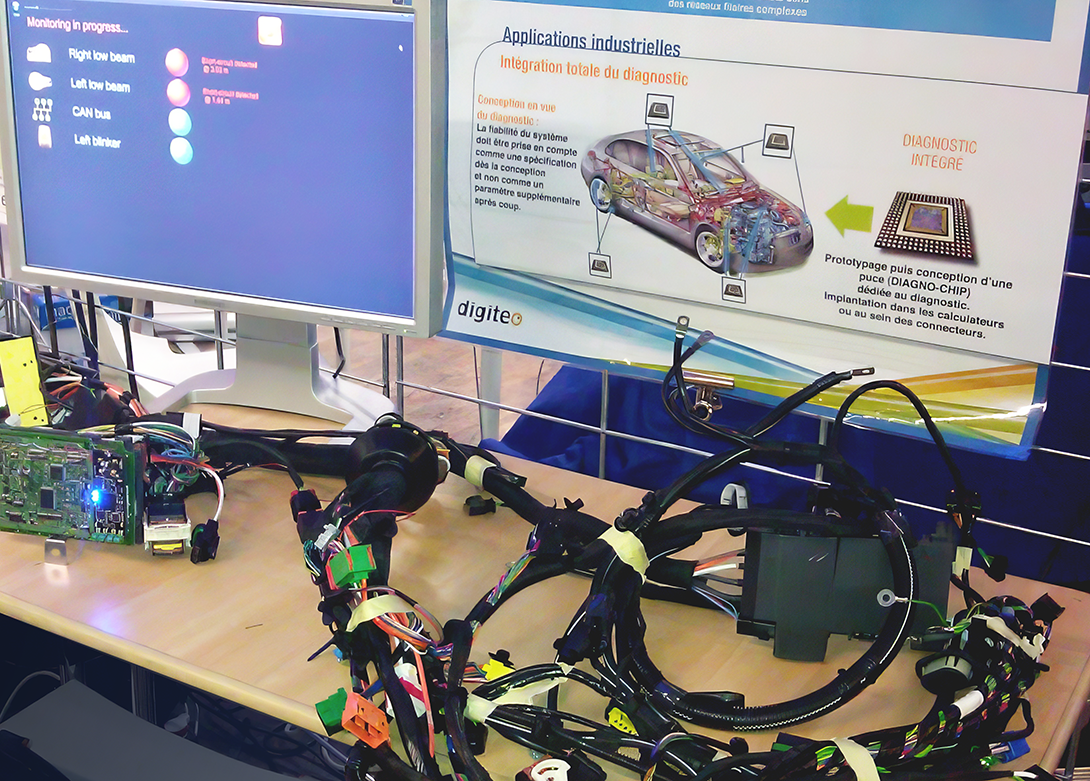
At CEA-List we have done extensive research on electric reflectometry, a non-destructive testing method, for cable diagnostics. It works by injecting a signal into the system or medium being tested and recording the echo reflected back to the injection port at each impedance discontinuity. The echoes can then be analyzed to glean information about the impedance profile.
We have developed non-intrusive reflectometry methods for embedded in-line diagnostics. These methods, which include MCTDR (multi-carrier time domain reflectometry) and OMTDR (orthogonal multi-tone time domain reflectometry), do not interfere with the native signals of the system being tested. We have integrated these methods into complete systems on low-cost circuit boards with the necessary injection, acquisition, and processing capabilities. A system can be probed in under a millisecond, fast enough to detect an electric arc in an aircraft during flight.
Signal processing and AI have been integrated to further improve the performance (fault location, accuracy, sensitivity) of the system. The goal is to identify end-of-life indicators and be able to determine how faults will evolve in order to assess remaining cable lifetime the PTC Viper project for predictive maintenance purposes, the subject of a PhD dissertation underway. The reliability of the diagnostics was also assessed in the presence of vibrations for a space application in research with France’s space research center, CNES (Figure 1), and under high temperatures for a nuclear application.
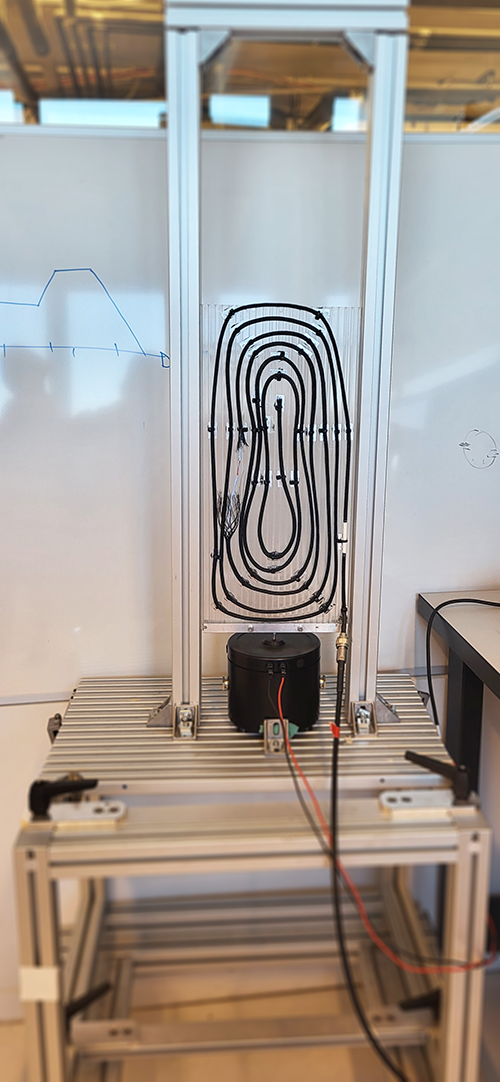
CEA-List leverages extensive expertise in cable diagnostics to bring electric reflectometry to a wide range of other use cases:
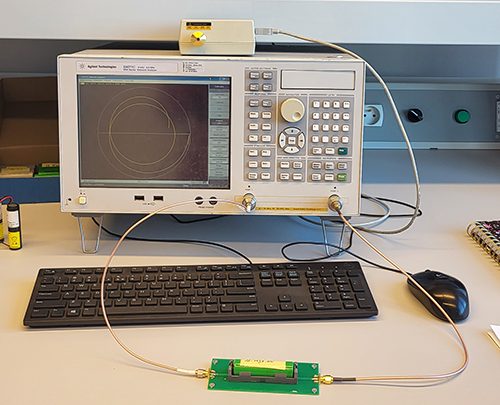
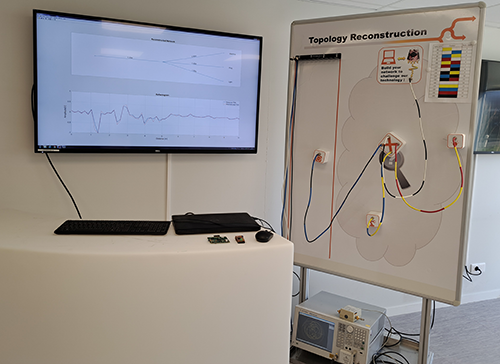
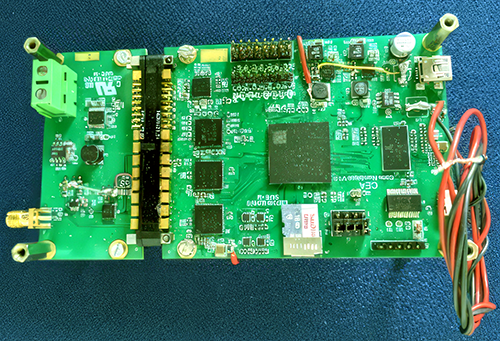
The CEA-List joint lab with Nicomatic has been up and running since February 2014. This successful partnership nurtured a PhD dissertation on OMTDR into a product released on the market in 2019. Another joint R&D project resulted in a proof-of-concept for a new use case: The Secure-HOP project, a CEA partnership with HeatSelf that ran from 2020 to 2023, combined OMTDR reflectometry with a heat-sensitive cable for fire detection